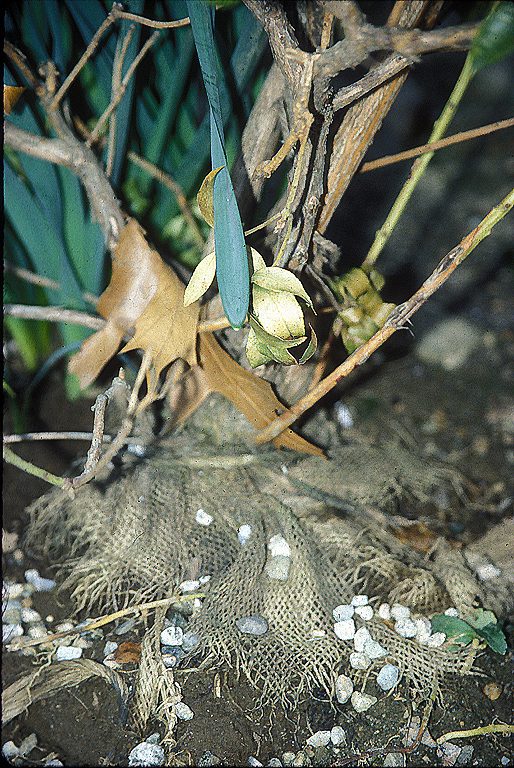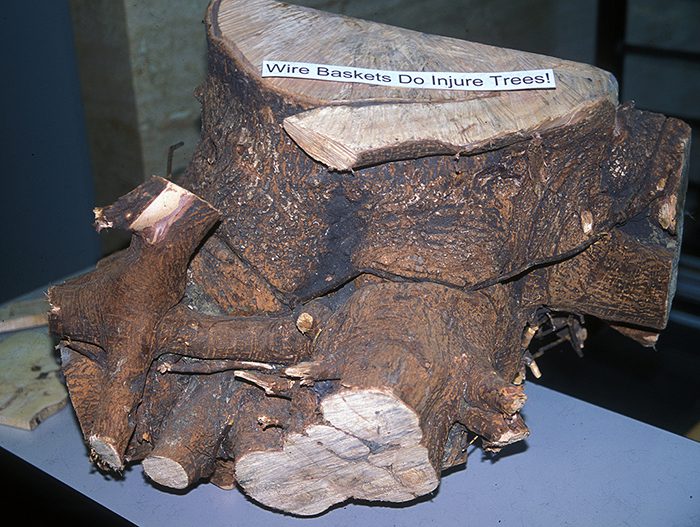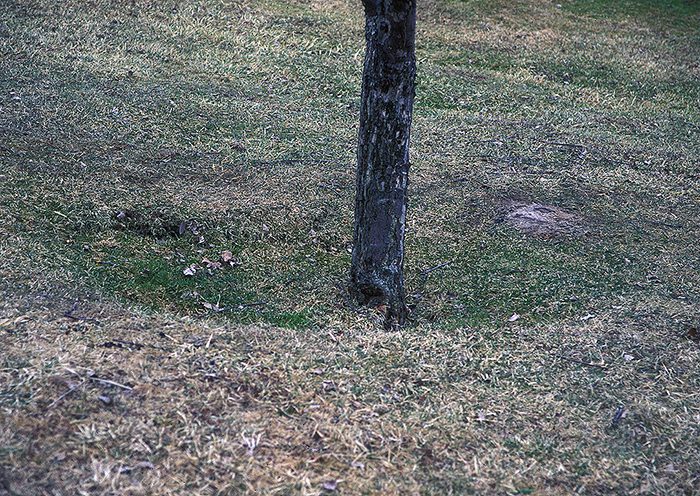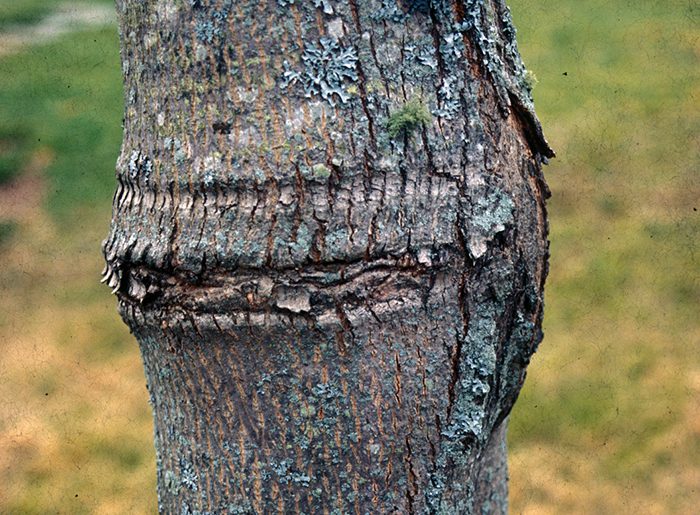Best Practices for Planting Trees and Shrubs
Best Practices for Planting Trees and Shrubs
Many of our customers are planting shrubs and trees this fall so here are a few tips and reminders to make sure your plants will thrive.
- If the tree or shrub is a “balled and burlaped” plant, be sure to remove the burlap, cords and wire basket. If it makes planting easier, dig a bowl-shaped hole first, three times wider than the rootball but only as deep as the needed to place the “root flare” (where the trunk flares out a bit at ground level) above the soil surface. Once the plant is in the hole, cut away the wire and cords and remove them, and cut away the burlap. You can leave a small piece of burlap under the ball without harm, but remove most of it. Check once again to see that the root flare will show above the soil once you fill the hole in.

killed the plant three years later. Always remove the cord and burlap.

- When you fill in the hole, use mostly native soil, even if it’s sandy. The “old school” way to plant trees or shrubs was to heavily amend the soil with peat and or compost. But research has shown that this creates reduced root systems and over time the plant sinks as that peat and compost breaks down. A better way to plant is to dig a wide hole so that the soil is loosened, scatter some Bio-tone in the hole, and return the native soil around the roots. Then amend the soil how nature does it, from the top down. Apply a two or three inch layer on the top of the soil around the trunk or stem, and coating the surface beyond the edge of the leaves, also known as the “drip line.” You can put an inch of mulch on top of that compost, and in future years apply an inch or two of mulch every spring.

- If you are planting a small tree without a large canopy, you usually don’t need to stake it. But if you think the plant is top-heavy, or it lists to one side at first, stake the trunk but put a reminder on your calendar to remove the supports in six to eight months. Staking becomes part of the landscape after awhile and people forget to take it away. As the tree or shrub grows that staking will strangle the plant.

- If your tree is young you might want to protect the bottom two feet of the trunk so that the tender bark isn’t eaten by voles or mice in the winter. Remove that protection in the spring so it doesn’t cut into a growing tree or provide places for insects to hide.
- Water your newly planted shrubs or trees once a week using a soaker hose or sprinkler through October if nature hasn’t provided an inch of rain in that period. Usually hand-watering isn’t deep and wide enough.
As you can see from the photos of dead plants above, some basic best practices will help your trees and shrubs to thrive, whether they are planted in the fall or spring.
Posted in Uncategorized
Subscribe To Our Newsletter
Sign up for our weekly email about sales and events.
